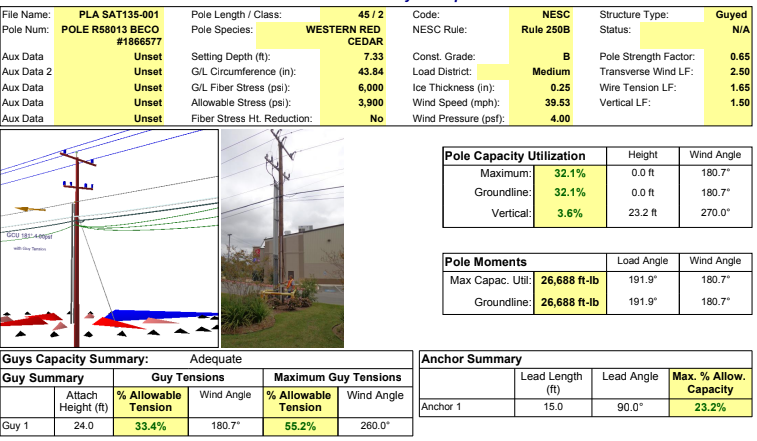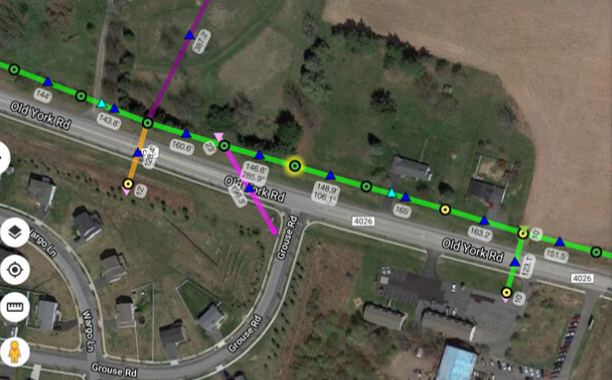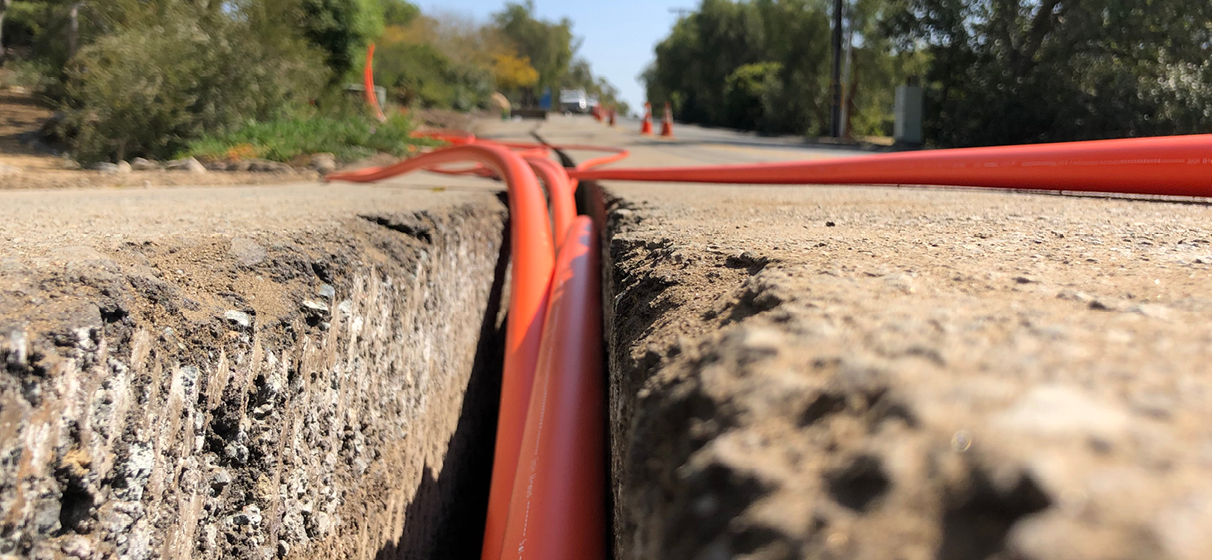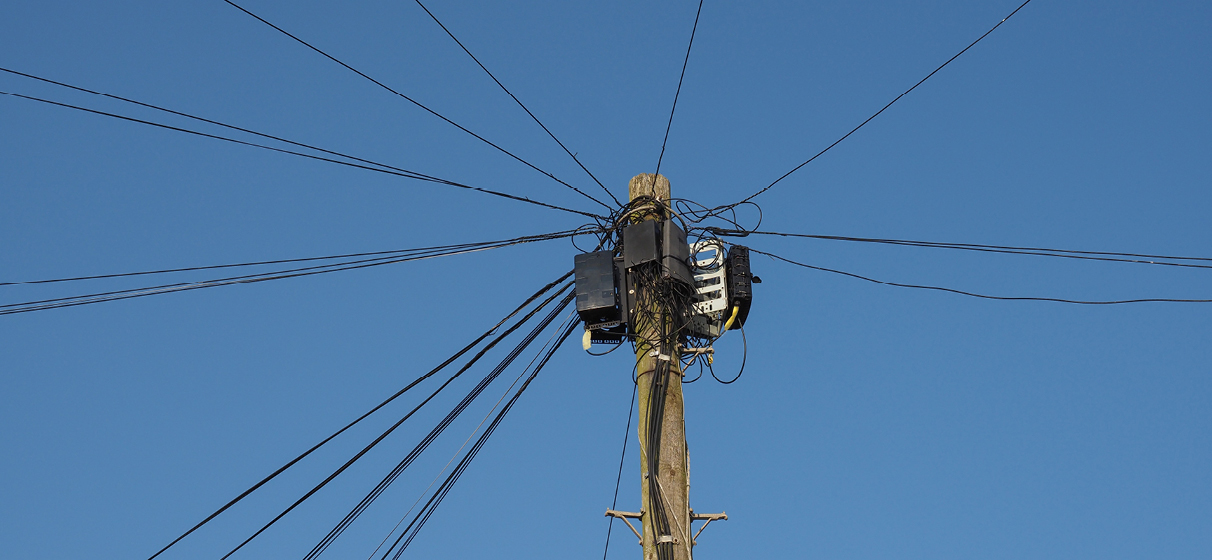Infrastructure projects—whether it’s expanding a highway, laying down light rail or developing new neighborhoods—are essential to keeping up with the demands of growing cities. And beneath the surface of those growing cities lies a challenge that often goes unnoticed: utility coordination. Fiber optic lines, water pipes, and electrical cables are crucial infrastructure elements, yet they’re frequently an afterthought in construction planning.
In this roundtable, STV’s Justin Hanner, RPLS, vice president and telecom business manager, and Rich Krog, utility services manager, discuss on the complexities of managing these unseen but vital utilities, and how early coordination can prevent costly mistakes during design and construction.
Over the course of a project, utility infrastructure often gets put on the back burner. Why do you think that happens?
Rich Krog: It’s unfortunate, especially in large-scale projects like light rail. Utilities, including fiber, are critical, but they often get treated as an afterthought. Sometimes, the onus of the task – be it on the private or public side – is undetermined. As a result, utility relocations are seen as a cost center rather than a project priority.
Justin Hanner: From a fiber installation perspective, fiber lines are often shallow and not as physically protected as other utilities. It’s common for them to be the first to get cut when construction starts. The misconception is that relocating or protecting fiber can be done later, but the reality is that when utilities are damaged, like fiber lines leading to a hospital, it can have a huge community impact.
Rich Krog: Another factor can be budgetary. Since these services are sometimes overlooked, they become an unexpected expense. But without these services, there’s a risk of high repair costs and damages. The longer we wait, the greater and more costly the impacts may be.
Justin Hanner: Not to mention project safety. Years of experience in this industry have taught us that absorbing the costs in the initial budget ultimately benefits the client and the community.

How do you tackle these challenges?
Rich Krog: It starts with a proper utility investigation early on. For that very reason, we offer Subsurface Utility Engineering (SUE) services that allow us to locate existing utilities, all the way down to excavating test holes if needed. A lot of times, maps and Geographic Information System (GIS) data aren’t accurate enough. So, we come in, verify utility locations, and help the team integrate that information into the project design. It’s a proactive approach that mitigates potential delays and conflicts down the road.
We also work closely with fiber designers like Justin, who can plan around these utilities, and even explore joint trench opportunities with other service providers to reduce physical footprints in rights-of-way (ROWs).
Justin Hanner: Our goal is that once fiber is laid down, it’s protected and won’t interfere with future projects. If we’re brought into a project early enough, we can coordinate with other utility providers and even share trenches. This “dig once” philosophy reduces the chances of utilities being damaged down the road.
At what stage does your work begin?
Rich Krog: Ideally, we’re involved during the pre-design phase, well before the final schematics are set. By the time you’re designing drainage and other infrastructure, having accurate utility mapping allows for better conflict analysis. The goal is to either build around existing utilities or, if necessary, relocate them without causing delays or extra costs. In an ideal world, you wouldn’t have to relocate a single utility because we’ve identified all potential conflicts early on.
Justin Hanner: That’s true. If we’re brought in too late, the chances of complications increase. Fiber companies aren’t in the business of moving lines—they lose money every time a line is out of service, and that loss isn’t reimbursable in many cases. Getting involved early allows us to avoid those costly relocations and ultimately help the client’s bottom line.

What does the future of your work look like?
Rich Krog: SUE standards were first adopted in 2002, and they were updated as recently as 2022. This means that as we move forward, more projects will have reliable utility data at both horizontal and vertical levels. For us, that translates into fewer surprises and more predictable project outcomes. When we get to the point where all utilities are mapped accurately, future generations will have far fewer challenges in this area.
Justin Hanner: Fiber installation is benefiting from better SUE data. When we have accurate, 3D utility maps, it becomes much easier to plan our installations without worrying about conflicting with existing lines. It’s an exciting time because we’re moving toward a future where utility strikes become a rare occurrence. It’s all about working together with the surveyors and designers to create a seamless process.







